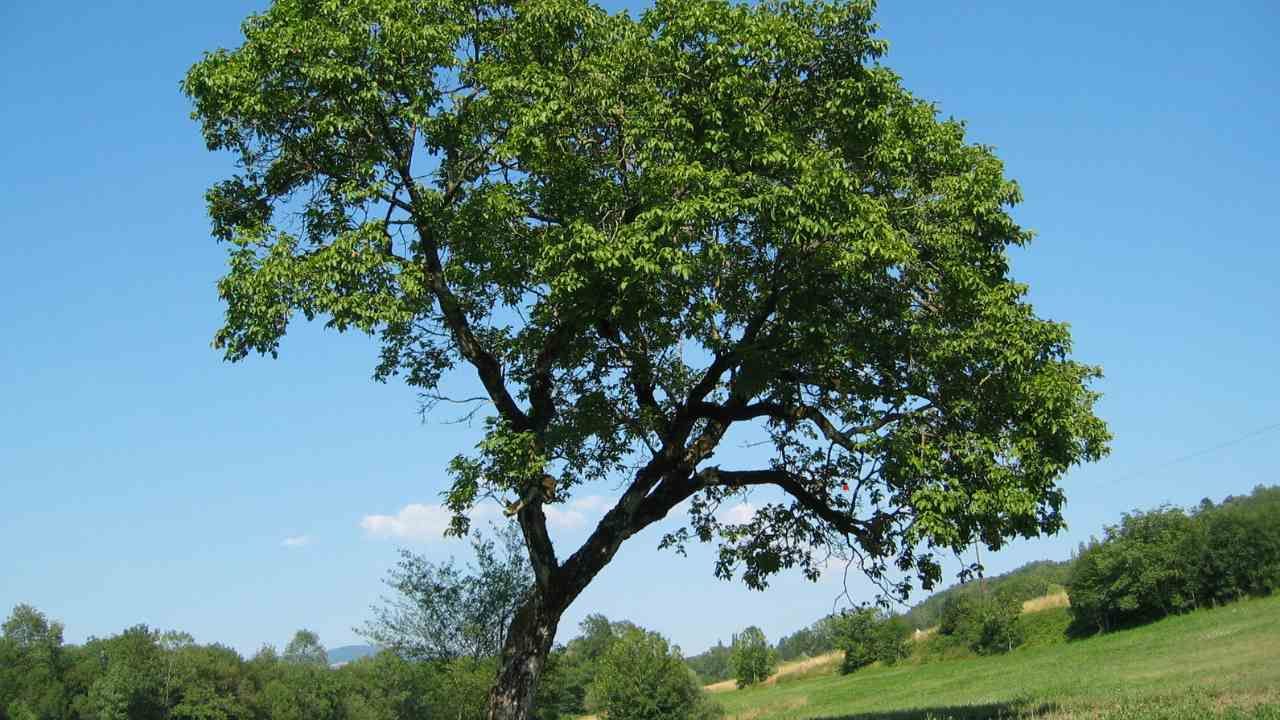Why That Leaning Tree Could Be a Safety Hazard

You might think a leaning tree just adds character to your yard—but in reality, it could be a ticking time bomb. Whether caused by storm damage, soil erosion, or root issues, leaning trees are more than a cosmetic concern. If you live in New Haven, it’s smart to call a tree service in New Haven CT before that “quirky” tilt turns into a costly disaster.
In this post, we’ll break down the hidden dangers of leaning trees, how to spot the signs of trouble early, and what you can do to protect your home and family.
The Hidden Risks of a Leaning Tree
A slight lean doesn’t always mean immediate danger, but if the angle starts increasing, it’s a sign of structural instability. Trees that lean significantly are often under stress—and when trees are stressed, they’re more likely to fall.
Here’s what makes leaning trees so dangerous:
- Unpredictable Falling Direction – Unlike healthy upright trees, a leaning tree’s fall path can be hard to predict. It may not fall the direction it leans, especially if wind, weight, or root decay come into play.
- Weakened Roots – Leaning often signals root damage. Whether it’s from overwatering, drought, or fungal disease, compromised roots can’t anchor the tree properly.
- Load Imbalance – The extra weight on one side increases stress on branches and trunk, making them more prone to snapping during storms or high winds.
- Property Damage & Liability – If your tree falls onto a neighbor’s property, fence, or even power lines, you could be held responsible.
Signs Your Leaning Tree Is a Hazard
Some trees grow at a tilt naturally and stay that way for decades. But there are red flags that should prompt immediate attention:
- Sudden or recent lean after a storm
- Visible cracks in the soil near the base of the tree
- Exposed or lifted roots
- Cracks or splits in the trunk on the leaning side
- Mushrooms or fungi growing near the base (a sign of root rot)
- Dead branches or thinning foliage
If you notice any of these symptoms, don’t ignore them. Leaning trees can fall with little warning—especially in high winds or heavy rain.
What To Do If You Have a Leaning Tree
The worst thing you can do is wait and hope the problem fixes itself. Trees rarely “recover” from a lean without intervention. Here’s what you should do:
- Call a Certified Arborist – A trained tree specialist can assess the tree’s health, root system, and risk level.
- Avoid DIY Tree Work – Trying to brace, cut, or remove a leaning tree yourself can be extremely dangerous.
- Ask About Preventive Care – In some cases, cabling, pruning, or soil stabilization can reduce risk and save the tree.
- Consider Removal – If the tree is too far gone, safe removal may be the best way to avoid future damage or injury.
Case Study: A Close Call in New Haven
A homeowner in New Haven noticed a large pine tree leaning more than usual after a series of rainy days. At first, they brushed it off—until a neighbor pointed out cracks in the soil around the roots. They called Avalanche Landscaping for a professional opinion. The arborist found the tree had root rot and was at high risk of falling. The team safely removed the tree the next day, just before a major windstorm swept through the area. Without acting fast, the tree could have crashed onto their garage—or worse.
Don’t Wait for Nature to Make the Decision
Leaning trees may look harmless, but they come with serious risks—especially in a place like Connecticut, where weather conditions can change fast. Whether it’s leaning slightly or dramatically, the safest move is to let a tree service company take a look.
Avalanche Landscaping offers expert assessments, trimming, removals, and other critical services to keep your property safe and beautiful. Don’t gamble with gravity—get your leaning tree checked today.
Worried about a leaning tree? Contact us today for a professional safety check before it's too late.

